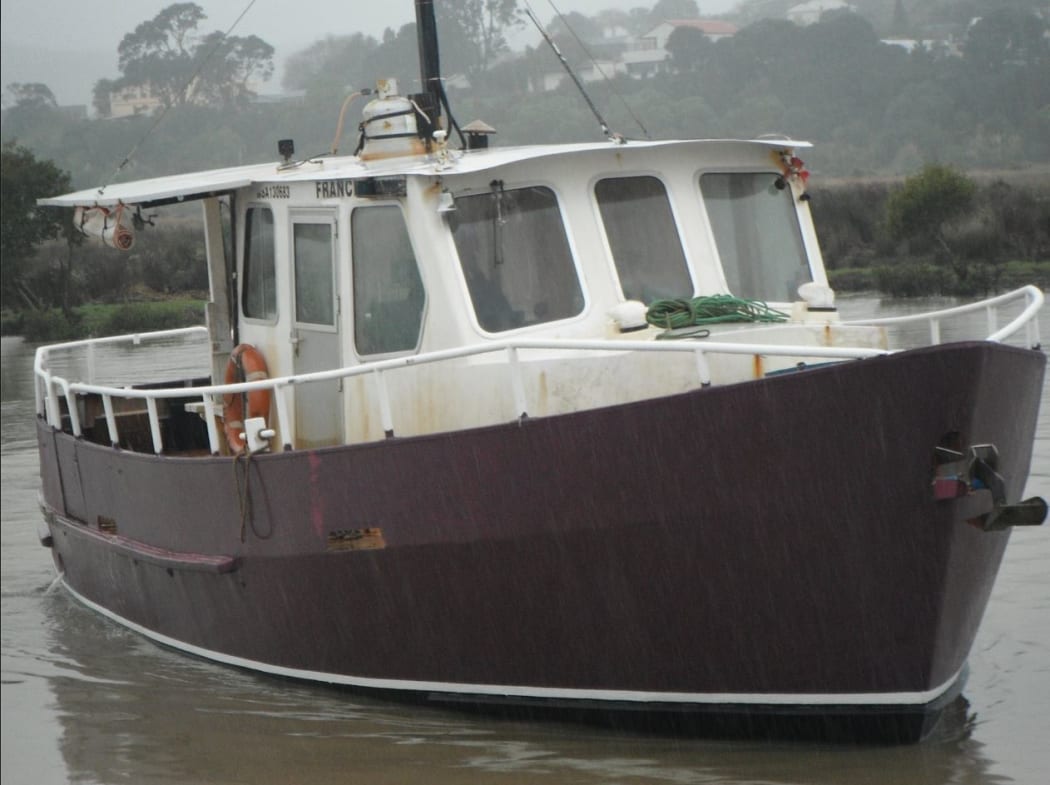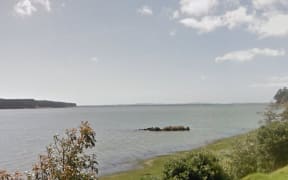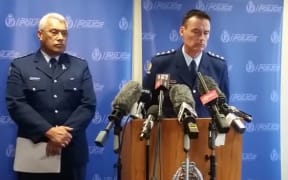Few people on board the charter boat Francie that capsized on the Kaipara Harbour bar in 2016, killing eight, were wearing life jackets the Transport Accident Investigation Commission (TAIC) says.

The Francie Photo: Facebook
Eight people on board the commercial fishing charter vessel Francie died, and three survived, when it capsized on the Kaipara Harbour bar in rough weather in November 2016.
Read the TAIC report here
Transport Accident Investigation Commission chief investigator Captain Tim Burfoot said only three were wearing life jackets and they were not fitted with crotch straps.
"It's virtually certain that they would all have had a better chance of survival had they all worn lifejackets.
"Chances of surviving are significantly improved if the life jacket is the appropriate type for the conditions and size of the person, and is fitted with a crotch strap to prevent their losing it when it rides up and over their head."
Three men boarded Francie wearing life jackets, but only two survived.
The commission said the third person who had been wearing a life jacket was found without one on and it was highly likely it had rode up and come off while he was in the water.
The third survivor had not been wearing a life jacket but found two life jackets floating in the water which were too small.
He put one arm through each of the neck holes and used a piece of timber to stay afloat.
The commission said better care was needed with selecting the right life jackets depending on the activity being undertaken, and has recommended that Maritime New Zealand have better information on its website.
Maritime rules governing what type of life jacket should be on board are based on how far boats are allowed to travel from the coast.
The commission said the rules did not consider environmental factors like bar harbours and exposed coastlines.
Conditions at the time of the accident were "predictably unsuitable" when the attempt to cross the bar was made, Mr Burfoot said.
"The waves were high, steep, and breaking in several directions, and one of them struck the Francie from behind, causing it to roll heavily and capsize."
The commission also found the skipper had a reputation for crossing the bar in risky conditions, but that previous behaviour had gone unreported.
"There is currently no dedicated, formal process within Maritime New Zealand where members of the public and the maritime community can submit reports on safety and security concerns, including complaints and allegations of suspected breaches of maritime legislation."
The commission said any concerns still needed to be reported to the relevant authority, despite there being no formal process.
Maritime New Zealand director Keith Manch said it would take TAIC's recommendations into consideration.
"Maritime NZ will actively promote its existing on-line system where the public and the maritime community can report maritime-safety concerns and will look for opportunities to improve it," he said.
"Maritime NZ will review the current requirements for lifejackets on commercial "restricted-limit" vessels to increase safety, including use of crotch straps."
Mr Manch said the use of crotch straps was not legally mandated anywhere in the world.
"New Zealand's requirements for lifejackets on commercial vessels are based on the international rules made by the International Maritime Organization, which encourage but do not require crotch straps."
He said promoting the use of life jackets would remain the focus of the recreational boating safer boating campaign, and Maritime NZ would continue to emphasise to boaties the benefits of having crotch straps fitted to their lifejackets.







